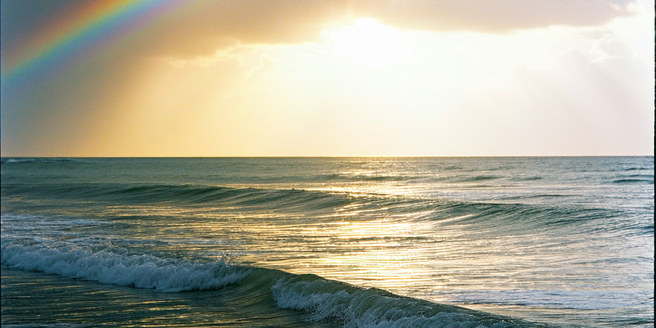
Understanding the Impact of Weather on Photography
Weather dynamics play a crucial role in setting the mood of photographs. Clear skies might offer vibrant colors, whereas overcast conditions provide a soft, diffused light, ideal for portraits. Rain and storms can dramatically enhance mood with their intense, moody atmosphere. Fog adds a layer of mystery and depth, making landscapes appear ethereal. Wind influences how movement is captured, adding dynamism to images, be it swaying trees or flowing dresses. Understanding these elements can transform mundane scenes into captivating visual stories. Photographers should be adept at anticipating weather changes. They should use tools like weather apps to plan shoots accordingly. By aligning their creative vision with weather conditions, photographers can better control the narrative their images convey. Capturing the essence of weather effectively requires both technical skill and artistic vision.
Choosing the Right Gear for Weather Conditions
Capturing exceptional weather-driven images requires the right gear. Weather-resistant cameras and lenses are crucial, offering protection against elements like rain, dust, or extreme cold. Additionally, lens hoods protect against water droplets and sun flares. Tripods provide stability in windy conditions, preventing image blur from camera shake. Waterproof camera bags and covers guard equipment during unexpected downpours. Filters, such as polarizers, can reduce glare and enhance contrast. A microfiber cloth is essential for quickly wiping lenses. For cold climates, battery life is critical; cold drains batteries faster, so spares are a necessity. Investing in high-quality gear prolongs the life of equipment and ensures readiness for any climatic challenge. By preparing adequately, photographers can focus on creativity rather than being hindered by the environment, maximizing shooting opportunities.
Mastering Lighting Techniques in Dynamic Weather
Photographers must adapt lighting techniques to ever-changing weather conditions to capture impactful images. During overcast days, taking advantage of the diffused natural light can result in even and flattering skin tones for portraits. In direct sunlight, using reflectors or diffusers can help manage harsh shadows. When shooting during a storm, capturing lightning requires precise timing and the use of long exposures. Sunsets and sunrises provide golden light, adding warmth to images, which can be accentuated with proper white balance settings. Mastering the interplay of natural and artificial light allows photographers to highlight textures and details otherwise lost. Experimenting with backlighting adds drama and depth, especially with fog or rain. Learning to manipulate these light conditions can significantly enhance the mood and storytelling aspect of a photograph.
Post-Processing Tips for Enhancing Weather Effects
Post-processing can elevate atmospheric elements captured during weather-driven shoots. It involves adjusting contrast, brightness, and saturation to highlight the mood. Enhancing cloud texture and bringing out shadow details in storm scenes can add drama. Color correction helps achieve accurate, vivid imagery, especially for sunrise or sunset photos. Techniques like dodging and burning highlight specific areas while maintaining balance. Applying gradients can enhance storm or sun effects, adding depth. Increasing clarity enhances raindrop details or snow textures. Using digital dehaze tools can recover details lost in misty conditions. Careful post-processing can accentuate the weather elements’ emotional impact without overdoing it, preserving the scene’s authenticity. Tailoring these techniques to each unique weather scenario allows photographers to convey their creative vision effectively through their images.
Safety Considerations When Shooting in Harsh Weather
Safety is paramount when capturing images in harsh weather. Photographers must prioritize personal safety over obtaining pictures. Always check weather forecasts and be aware of changing conditions to avoid hazardous situations. Wearing appropriate clothing, like waterproof jackets and boots, is essential for protection against cold, rain, or wind. Understanding the terrain helps in avoiding slippery surfaces or unstable grounds. Staying dry is crucial to prevent hypothermia, while sun protection is necessary for sunny conditions. Keeping extra batteries, snacks, and a first aid kit ensures preparedness for prolonged exposure. Respecting safety guidelines is essential during extreme events like lightning storms, where distance is key. Ensuring gear is secure and meeting insurance requirements can provide financial safety. Ultimately, remaining mindful of surroundings allows photographers to safely capture the raw beauty of nature without unnecessary risk.
